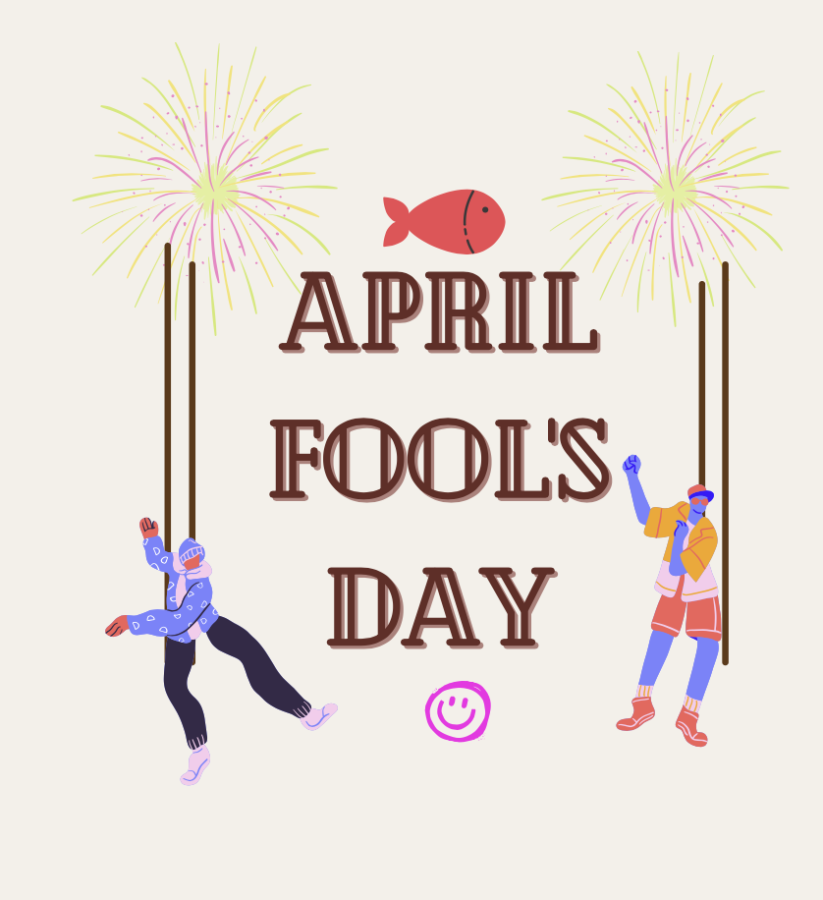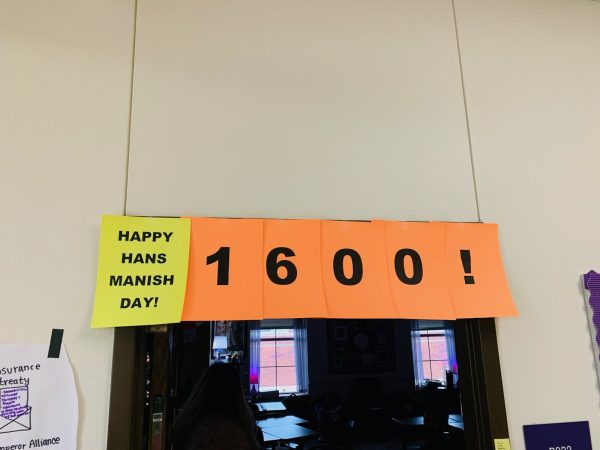Mystery Behind April Fool’s Day
April Fool’s Day , also known as “All Fools Day”, has been celebrated on April 1 for several centuries by many different cultures.
Many people have memories pranking their own family and friends on the only day of the year known worldwide for allowing people to be a little rascal. However, no one knows when exactly this day came to be and how the celebrations started. The origins and history of April Fool’s Day are completely shrouded in mystery.
Historians speculate this observance dates back to the 1500s in France, during the reformation of the calendar. When France switched to the new calendar system, the beginning of the year moved from April 1 to January 1. However, a consistent part of the population in France, either out of rebellion or due to misinformation, kept celebrating the New Year during the last week of March through April 1. It is said that these people soon became the victims of pranks and hoaxes and they started being called “April Fools”. These practical jokes kept happening every year and this slowly became a tradition.
This time coincided with the Christian season of Lent, in which believers did not eat meat. Believers only ate fish, as opposed to other meats, making fish a popular gift for the year. For this reason, when pranking became a tradition, people used to give away fake fish as a joke. Still today, a common prank in France and other European countries is sticking an image of a fish on the back of their April Fools victim.
Another popular theory is that April Fool’s Day existed before the 1300s and takes inspiration from two other holidays: Hilaria and Holi.
Hilaria was a religious festival celebrated around March 25 by the ancient Romans to commemorate Cybele, the mother of all gods. During this festivity, all kinds of games and pranks were allowed, in like manner, being sad or showing any kind of pain or sorrow was forbidden. During this day, everything was devoted to rejoicing; they could imitate whomever they wanted, even with disguises, and parody each other or of people in a higher social caste, like magisters.
Holi is an Indian festival celebrated on the full moon of Phalguna, at the end of March. On this day, it is custom to reverse the usual rankings of caste, gender, status, age, etc. and have fun in the streets. Participants throw powders and colored water on one another. After the day, they all clean up and all societal patterns return to normal. This celebration has become famous all over the world and is still celebrated by many cultures.
However, all the theories about April Fool’s Day, its origins, and the spread of the tradition are not certain. Whatever its story, this popular celebration is an excuse for people to get together and have fun with their loved ones.






